Gwalior Fort, located in the central Indian state of Madhya Pradesh, is a majestic fort that has stood the test of time. It is one of the most invincible forts in India and has a rich history that dates back to the 8th century. The fort, perched atop a hill, is known for its unique architecture, intricate carvings, and significant historical events. It has been a witness to numerous battles and has changed hands from one dynasty to another, each leaving their indelible mark on it.
Get your dose of History via Email
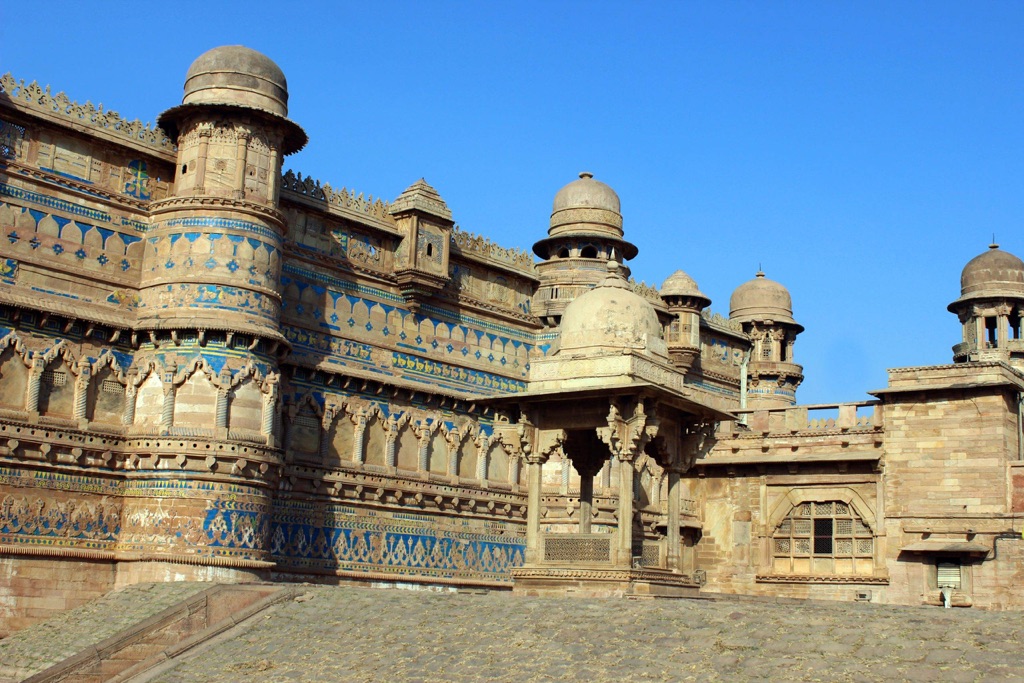
What is the historical significance of Gwalior Fort and what key events took place there?
The Gwalior Fort holds a significant place in the history of India. It was the site of numerous battles and power struggles. The fort was built by the king Suraj Sen and was named after a sage called Gwalipa who cured the king of a deadly disease. The fort has been under the control of several major powers in Indian history including the Gurjara-Pratiharas, Kachchhapaghatas, Delhi Sultanate, Mughals, Marathas, and the British.
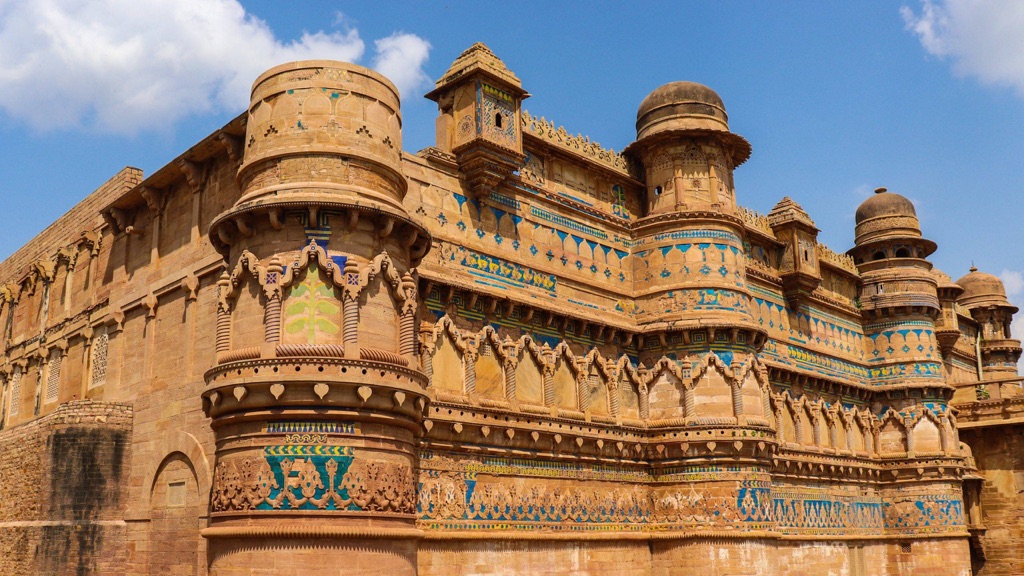
One of the key events that took place at the fort was the battle between the Tomars and the Mughals in the 16th century. The Mughals, under the leadership of Akbar, captured the fort after a long siege. The fort remained under Mughal control until it was taken over by the Marathas in the 18th century.
The fort was also the site of the first war of independence in 1857. The Indian sepoys rebelled against the British and took control of the fort. However, the British recaptured the fort after a few months.
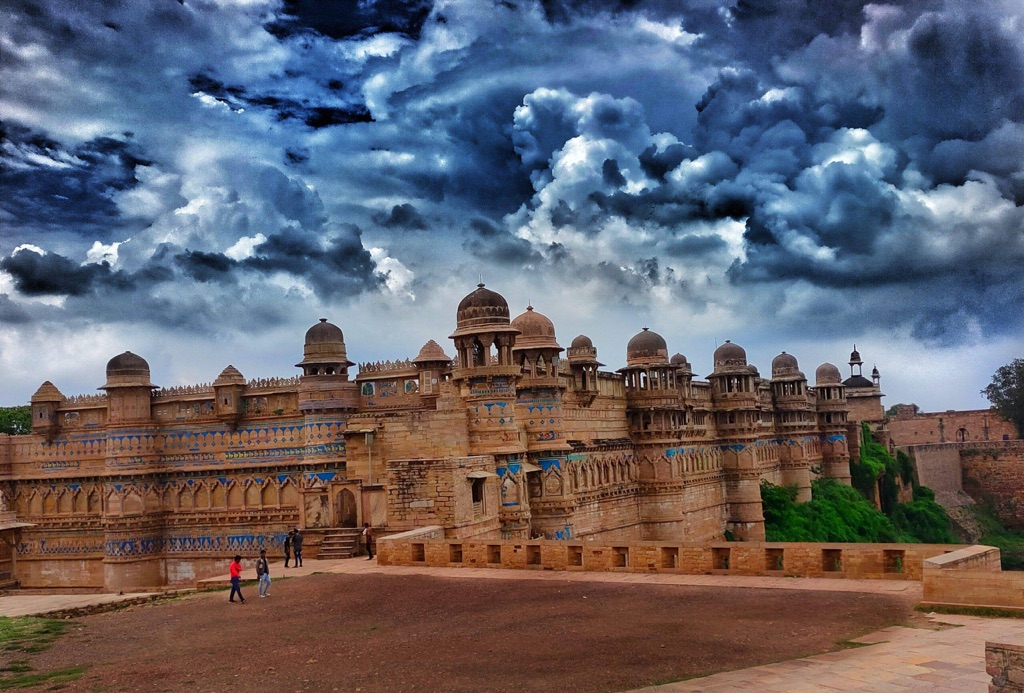
Another significant event was the imprisonment of the last Mughal emperor, Bahadur Shah Zafar, in the fort by the British. He spent his last days in the fort and his death marked the end of the Mughal era in India.
The fort is also known for the Jauhar Kund where the women of the harem burnt themselves to death to avoid capture by the enemy. This act of self-immolation is a grim reminder of the turbulent times the fort has witnessed.
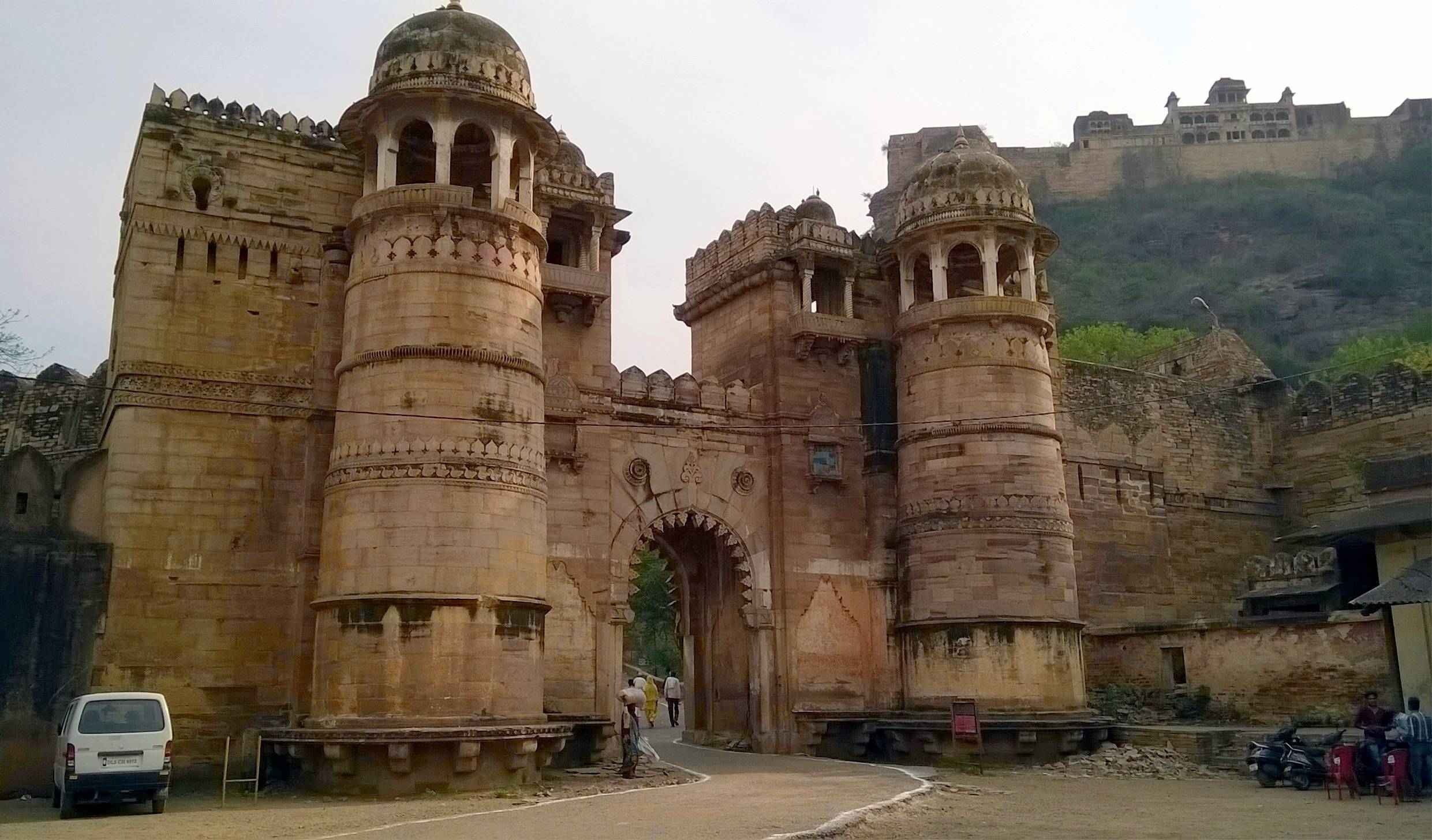
What is the historical significance of Gwalior Fort and what key events took place there?
As reiterated, Gwalior Fort has a significant historical value. It was a strategic location for many rulers due to its vantage point and impregnable defenses. The fort’s history is a saga of bravery, chivalry, and strategic military tactics. Its control was a symbol of power and dominance.
One of the most notable events at the fort was the siege by Ibrahim Lodi in the 16th century. Despite being heavily outnumbered, the defenders of the fort put up a brave fight before eventually succumbing to the superior forces of Lodi.
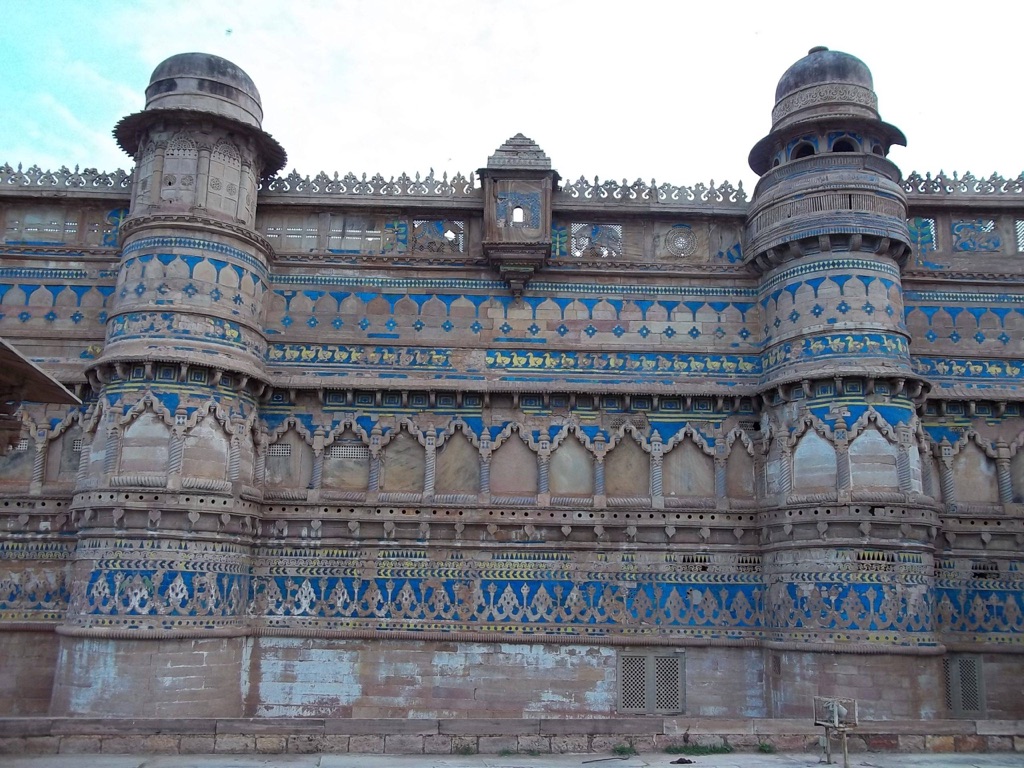
The fort was also the site of a famous battle between the Marathas and the British in the 19th century. The Marathas, under the leadership of Rani Lakshmibai of Jhansi, defended the fort against the British. However, they were eventually defeated and the fort fell into British hands.
The fort was also the site of the infamous ‘Gwalior Conspiracy’ in the 20th century. The conspiracy was a plot by the Indian National Army to overthrow the British rule in India. However, the plot was discovered and the conspirators were arrested and tried at the fort.
Today, the fort stands as a symbol of the resilience and bravery of the Indian people. It is a popular tourist destination and is a testament to the rich history and culture of India.
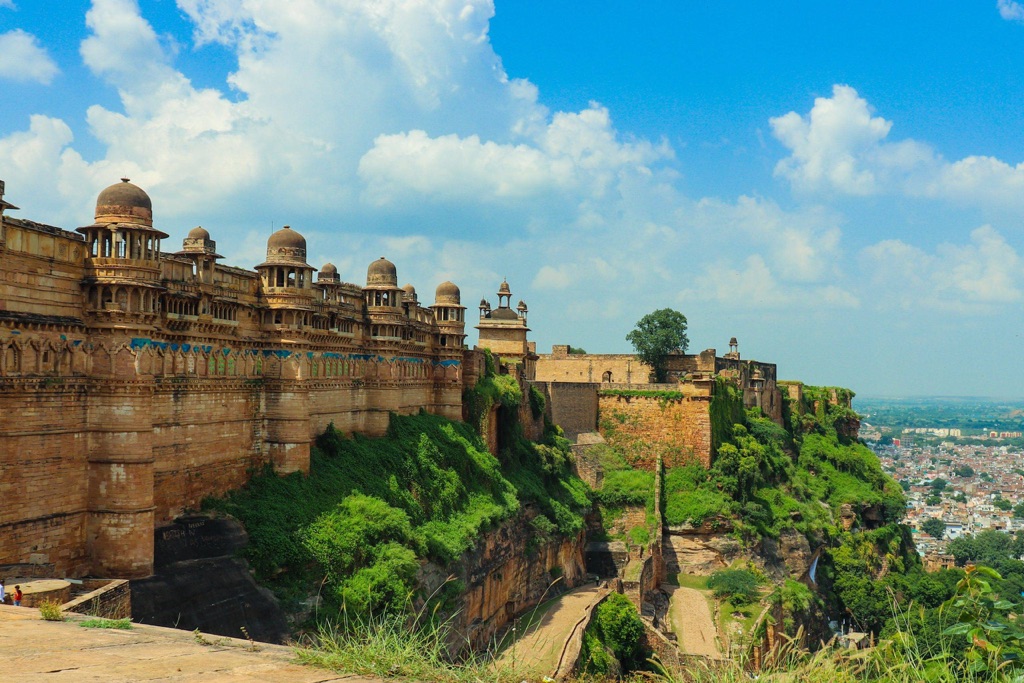
What is the architectural style of Gwalior Fort and what unique features does it have?
The Gwalior Fort is a marvel of Indian architecture. It is a blend of several architectural styles, reflecting the diverse cultures and dynasties that ruled over it. The fort is built on a sandstone plateau and is surrounded by solid walls. The fort complex includes palaces, temples, and water tanks.
The most notable feature of the fort is the Man Singh Palace, built by the Tomar king Man Singh. The palace is a beautiful example of Hindu architecture with its blue ceramic tiles and intricate carvings. The palace has four levels, three of which are underground.
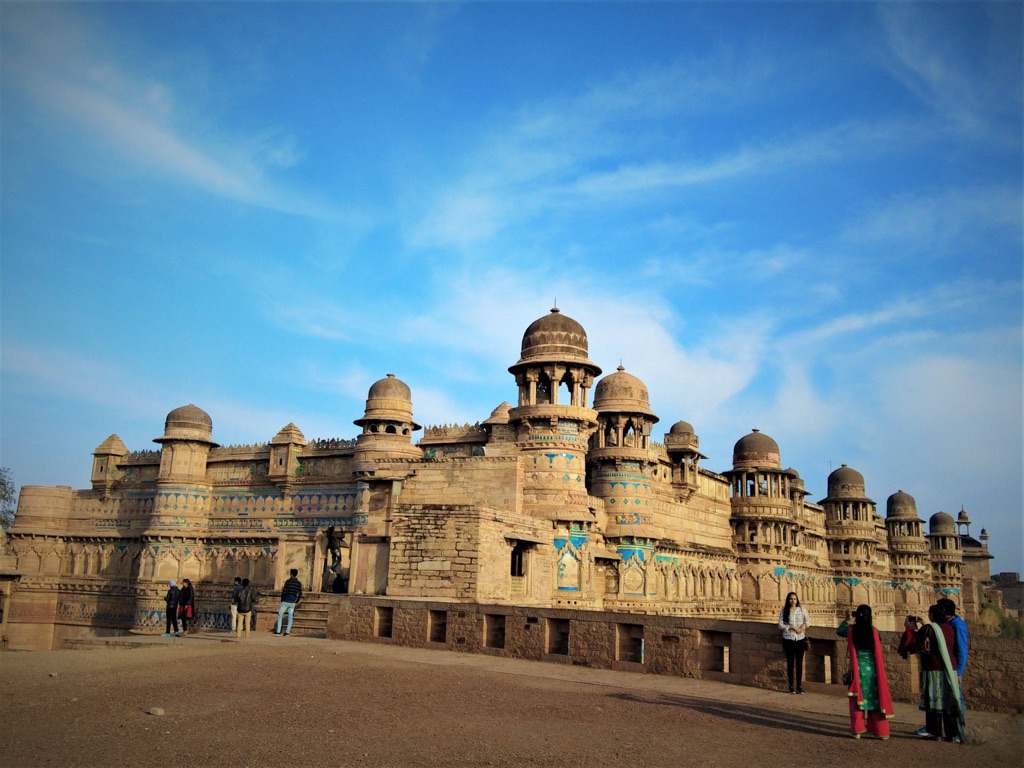
The fort also houses the Saas-Bahu temple, which is a unique temple dedicated to Lord Vishnu. The temple is a fine example of Nagara style architecture with its detailed carvings and sculptures.
Another significant feature of the fort is the Teli ka Mandir, the tallest building in the fort. The temple is a blend of Dravidian and Nagara architectural styles. The temple has a unique roof, which is in the shape of a Dravidian gopura.
The fort also has several rock-cut Jain sculptures, which are a testament to the influence of Jainism in the region. These sculptures are carved into the rock face of the fort and are a major attraction for tourists.
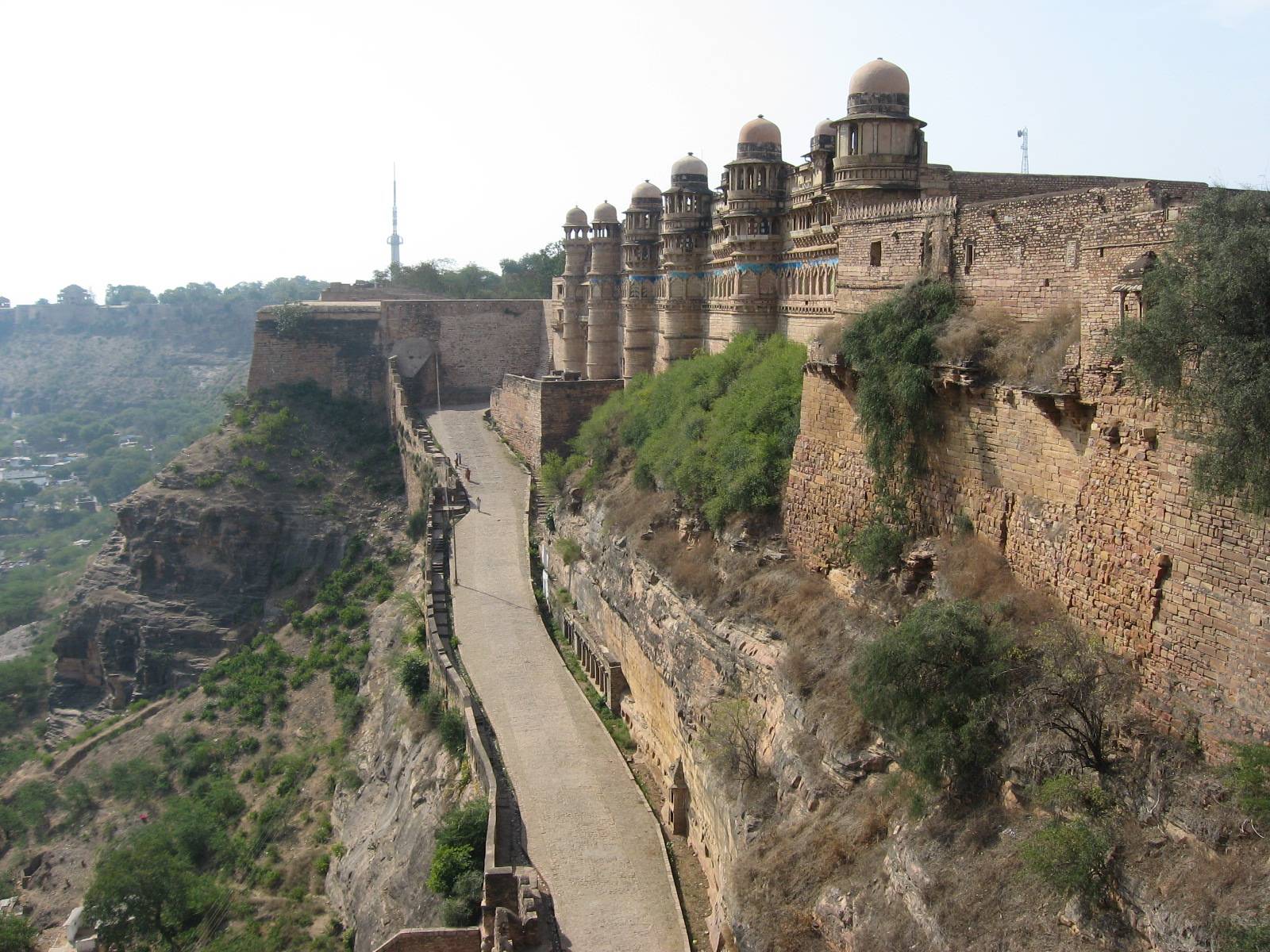
Conclusion and Sources
In conclusion, the Gwalior Fort is a historical and architectural marvel that reflects the rich history and culture of India. It has been a witness to numerous significant events and has been a symbol of power and dominance. Today, it stands as a testament to the resilience and bravery of the Indian people.
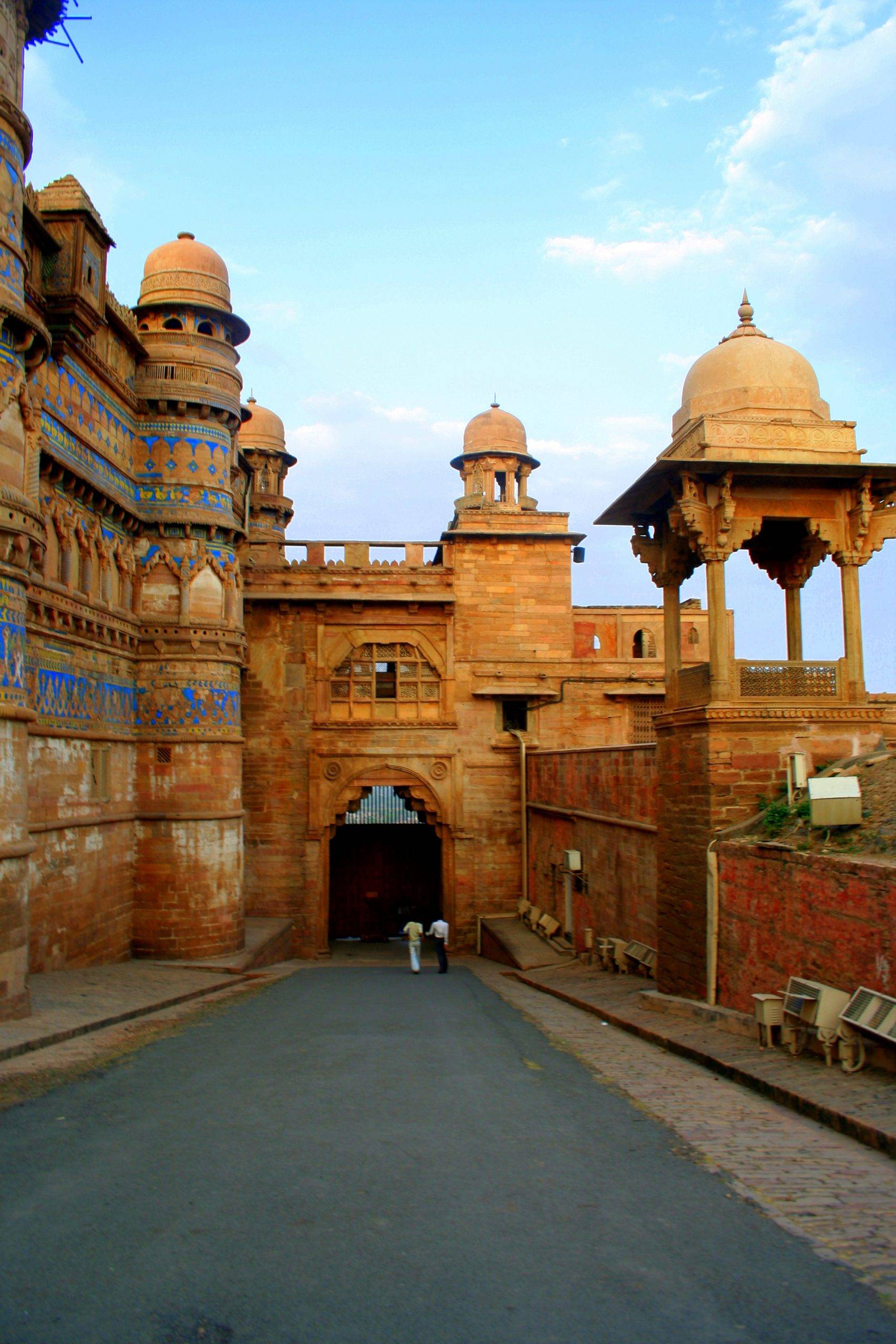
For further reading and reference, the following sources can be referred to:

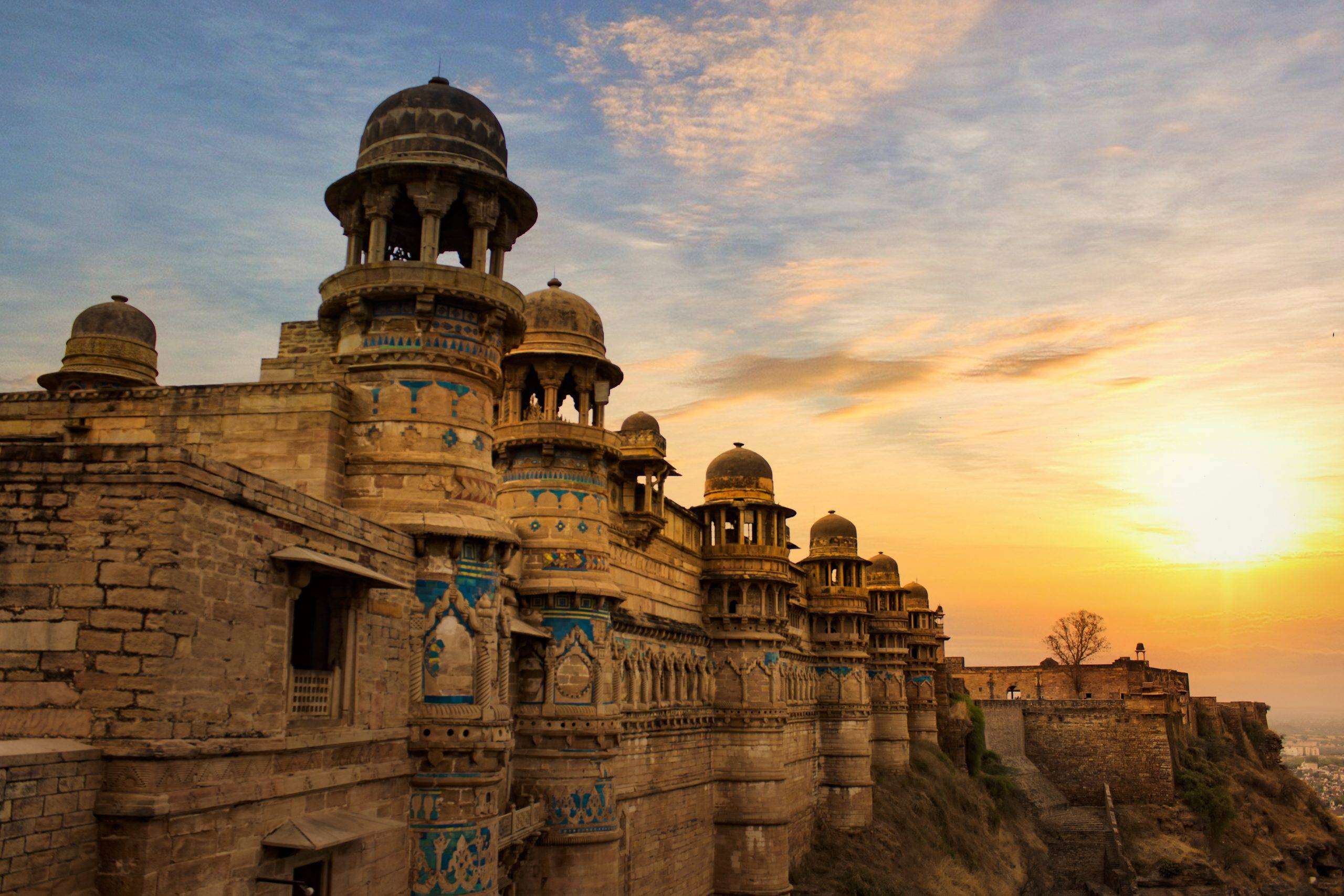
1 thought on “Gwalior Fort”